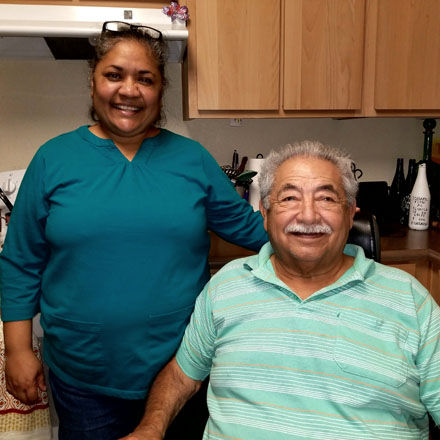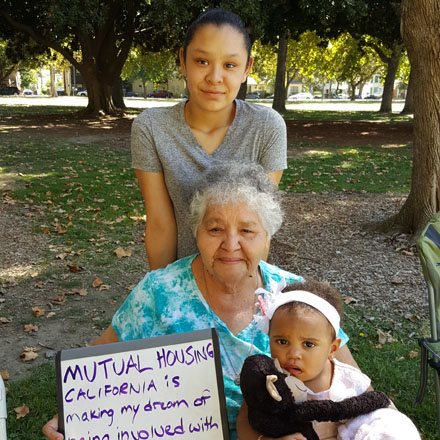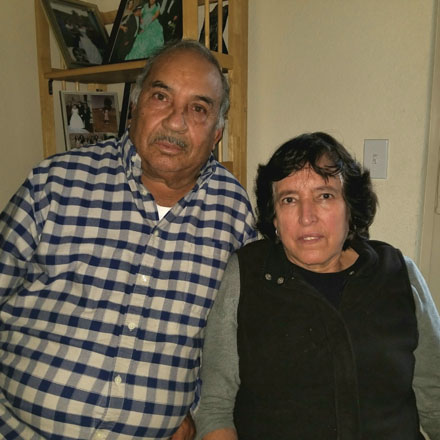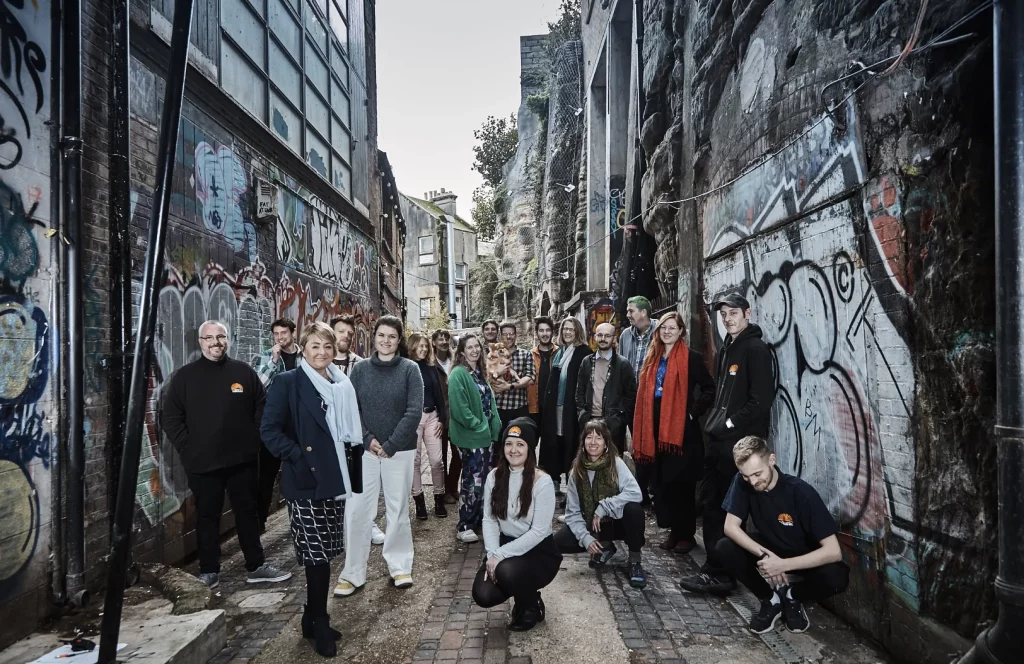Mutual Housing at Spring Lake offers permanent year-round housing to agricultural workers in the state of California, USA. Based in the city of Woodland, Yolo County, it is also the first 100 per cent Zero Net Energy ready rental housing development in the country. Spring Lake was designed to support agricultural workers to enjoy the benefits of ‘green living’, often only available to high-income homeowners. As the homes use around the same amount of energy as they produce, utility bills for residents are extremely low.
The estimated 6,000+ agricultural workers in the county have traditionally had to put up with some of the worst housing conditions and most dangerous jobs in the country. Seasonal employment means accommodation is usually only available at government-funded migrant centres during the farming season. Living in appalling conditions in privately rented housing is often the only other alternative for workers.
Mutual Housing’s work with residents goes well beyond providing energy efficient homes. Through a range of opportunities including leadership development schemes, peer lending circles and digital literacy classes, residents gain skills and confidence. For many this has opened up new opportunities in education and community life. New leaders have emerged from the community who now work to advocate for the rights of agricultural workers.












